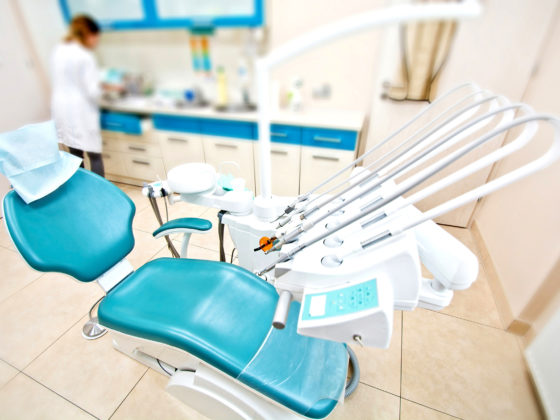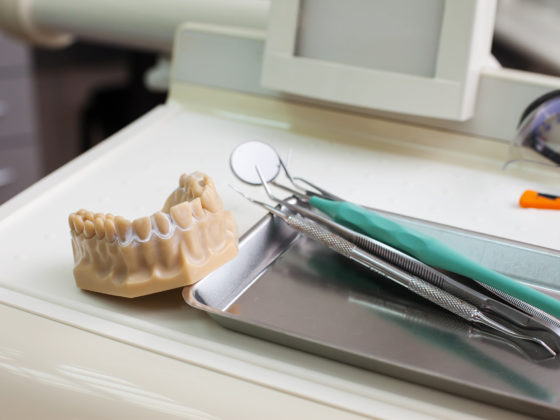 More than four million Americans have braces on their teeth at any given time, according to the American Association of Orthodontists. Nearly one in four is over the age of 18. Traditionally, braces were permanently-affixed metal bands that were periodically adjusted and gradually moved the teeth into proper position. Today, however, invisible braces are changing the way dentists and their patients look at orthodontics. Clear braces offer an easier-to-wear, more attractive alternative to traditional metal braces.
More than four million Americans have braces on their teeth at any given time, according to the American Association of Orthodontists. Nearly one in four is over the age of 18. Traditionally, braces were permanently-affixed metal bands that were periodically adjusted and gradually moved the teeth into proper position. Today, however, invisible braces are changing the way dentists and their patients look at orthodontics. Clear braces offer an easier-to-wear, more attractive alternative to traditional metal braces.
What are invisible braces?
Invisible braces are molded to the shape of and fit snugly around the patient’s teeth. Unlike traditional, metal braces, invisible braces are not adhered to the teeth themselves and may be removed for cleaning, eating and brushing. Aligners are replaced approximately every two weeks as teeth move into their new positions. The entire treatment takes between nine and 18 months, depending on how far the teeth need to be moved.
Advantages of invisible braces over traditional braces
New invisible braces, such as Invisalign braces, offer a number of benefits when compared to traditional metal braces. Chief among these is appearance. Invisible braces, as the name implies, are nearly indistinguishable from your teeth, giving you a beautiful smile even while your teeth are being corrected. However, appearance isn’t the only benefit to opting for invisible, clear braces. Such braces also are…
Comfortable.
Unlike metal braces, invisible braces are smooth and comfortable to wear. They won’t cause cuts in your mouth from sharp metal wires.
Easy-to-clean.
Invisalign plastic aligners can be removed for easy and thorough cleaning. You won’t run the risk of food and bacteria getting stuck in your braces.
Compatible with all foods.
With invisible braces, you don’t have to worry about avoiding foods that will bend your braces, like apples or corn on the cob, or foods that will get stuck in the wires, such as caramels. Since invisible braces can be removed for cleaning and eating, you can easily deal with any food that might adhere to the braces.
If you are considering braces for either you or your child, you owe it to yourself to ask about clear braces as an alternative to traditional metal braces.


